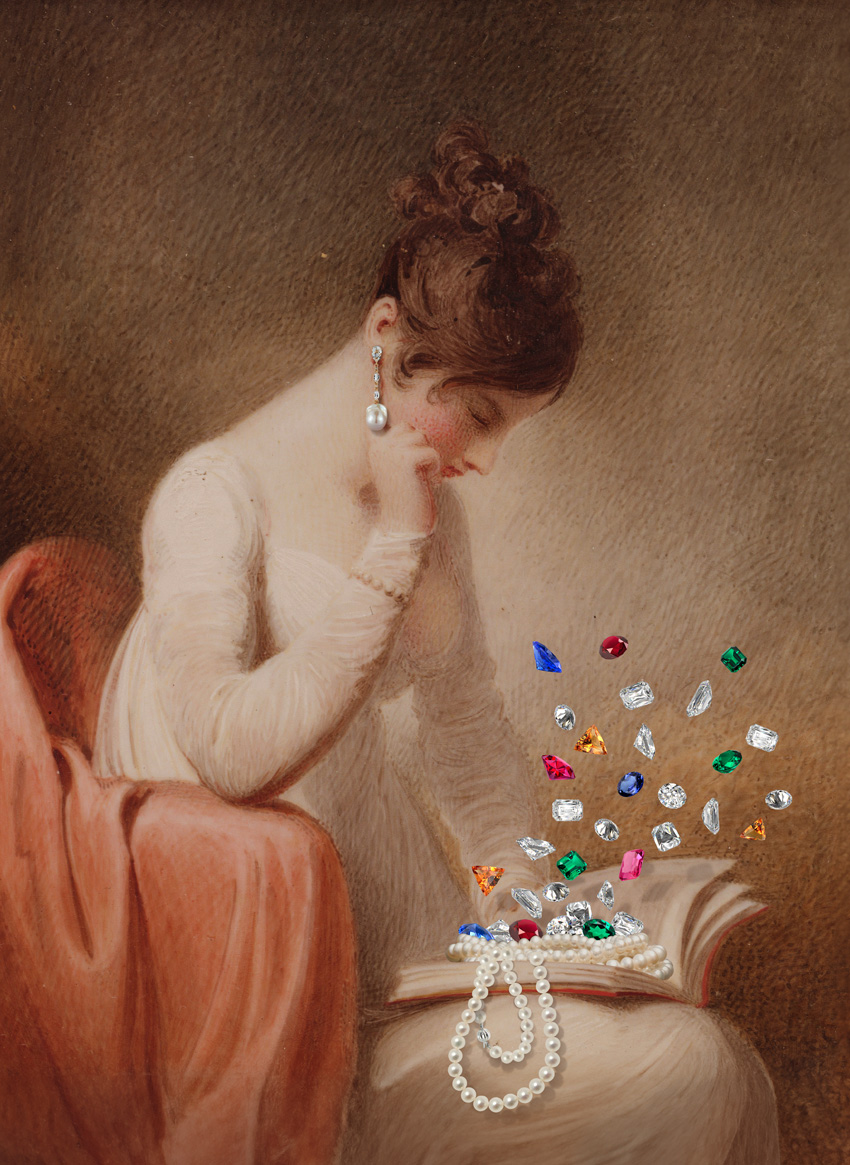Artwork by João Oliveira.
In the enchanted world of jewellery, where the vernacular is made of gold and silver, there are techniques that hide secrets and legacies polished by time. Between cuts and engravings, without ever forgetting the mythical gemstones, these are the 50 terms that define the stories our jewellery leaves untold.
Aquamarine: a gemstone with an intense blue colour and pleochroism, derived from the mineral beryl. Associated with the month of March and tranquillity.
Cushion: a type of gemstone cut in a square or rectangular shape with rounded corners.
Amethyst: a gemstone derived from quartz, whose colour can vary between shades of violet, from the lightest to the most intense. Associated with the month of February, it symbolises serenity.
Asscher: a variation of the emerald cut, which consists of a square-cut gemstone with rounded corners and stepped facets.
Baguette: a type of gemstone cut in a rectangular shape, elongated and thin.
Bar: a style of ring-setting that consists of a row of small stones separated by metal bars.
Bezel: type of setting in which the gemstone is encircled by a circle of metal.
Brilliant: a type of cut that consists of round-cutting a gemstone to make it even shinier. This cut is often nicknamed the diamond cut.
Cathedral: style of setting in which the centre stone sits above the ring band, elevating the jewellery piece.
Girdle: the widest part of a faceted gemstone, which separates the crown from the pavilion.
Citrine: a yellow-coloured gemstone with pleochroism, derived from quartz. It’s associated with the month of November and symbolises joy.
Cluster: style of setting consisting of a cluster of small gemstones.
Crown: the upper part of a faceted gemstone.
Cutting: the cutting process that determines how a gemstone interacts with light.
Setting: the technique of assembling and encasing a gemstone in metal to create a piece of jewellery.
Diamond: a gemstone derived from the hardest mineral on earth. Due to its rarity, it’s considered the most valuable stone in jewellery and is divided into two categories: natural diamonds and laboratory diamonds. It’s associated with the month of April and symbolises love and purity.
Mohs scale: rating that indicates the hardness and brittleness of minerals and gemstones on a scale of 10.
Emerald (cut): type of gemstone cut in a stepped octagonal shape with rounded corners.
Emerald (stone): a green-coloured gemstone derived from the mineral beryl. It’s associated with the month of May and symbolises peace.
Filigree: a craft technique that interweaves very fine gold or silver threads to create delicate jewellery.
Halo: style of setting consisting of a central gemstone surrounded by smaller stones.
Inclusion: the name given to the substances inside gemstones that determine their degree of purity.
Mother-of-pearl: material with an iridescent shimmer that comes from the inner layer of the shells of various molluscs. Also known as nacre.
Marquise: a type of gemstone cut with an elongated shape that narrows at the ends.
Table: the name given to the largest flat surface on the crown of a gemstone.
Onyx: an opaque black gemstone derived from quartz. Legend has it that it protects against negative energies.
Opal: a gemstone that comes in countless varieties and sets of colours, most notably the fire opal (with orange tones). It’s associated with the month of October and symbolises hope and purity.
Gold: one of the most elegant noble metals, prized for its colour and resistance to corrosion. It comes in yellow, white and rose tones. The quality of gold jewellery is determined by the number of carats in its composition, with 24-carat gold being the purest.
Oval: a type of cut that consists of cutting a gemstone into an oval, faceted shape.
Pavilion: the lower part of a gemstone.
Pear: a type of stone cut in the shape of a teardrop.
Peridot: a gemstone derived from the mineral olivine, whose colour varies from yellowish green to olive. It’s associated with the month of August and symbolises balance.
Pearls: gemstones with a pearly lustre and delicate appearance. They can be cultivated or natural, grow in fresh or salt water and come in a variety of colours and shapes. They’re associated with the month of June and symbolise purity and wisdom.
Platinum: silver-toned metal often used in jewellery.
Pleochroism: an optical phenomenon that occurs when gemstones change colour depending on the angle or light.
Silver: a term that, in jewellery, describes a piece whose composition is 92.5% silver, also known as sterling silver or 925 silver.
Princess: a type of gemstone cut with a square shape, pointed corners and more than 50 facets.
Four Cs: a set of factors used to grade the value of a diamond. These are: carat weight, clarity, colour and cut.
Rose Quartz: a gemstone with a pink colour and cloudy appearance, derived from quartz. It symbolises love.
Carat: a unit of measurement used to weigh gemstones and measure the purity of gold.
Radiant: gemstone cut style with a rectangular shape, rounded corners and facets.
Ruby: a red-coloured gemstone derived from the mineral corundum. Together with sapphire, it’s the hardest gemstone after diamonds. It’s associated with the month of July and represents power and wealth.
Sapphire: gemstone derived from the mineral corundum. Although the blue hue is the most recognisable, this name is given to all varieties of corundum, except the red ones. It’s associated with the month of September and symbolises sincerity and loyalty.
Solitaire: style of ring setting consisting of a single gemstone in the centre.
Tension: type of setting in which the gemstone rests between the sides of the metal rim.
Titanium: a light and resistant metal that makes it possible to create jewellery in a wide range of colours.
Topaz: a gemstone with pleochroism that comes in multiple shades. The most prized varieties are imperial (orange tones), blue and colourless.
Turquoise: an intense blue gemstone traditionally associated with the month of December. It symbolises peace and success.
Vermeil: the process of coating a piece of sterling silver with a layer of gold, traditionally 18 or 24 carats.
Zirconia: a precious stone that comes in different shades and tends to be cut in circular cuts. The most prized varieties are colourless, golden and blue.
Translated from the original on "What's Next" issue, published December 2024. Full credits and stories in the print issue.
Most popular
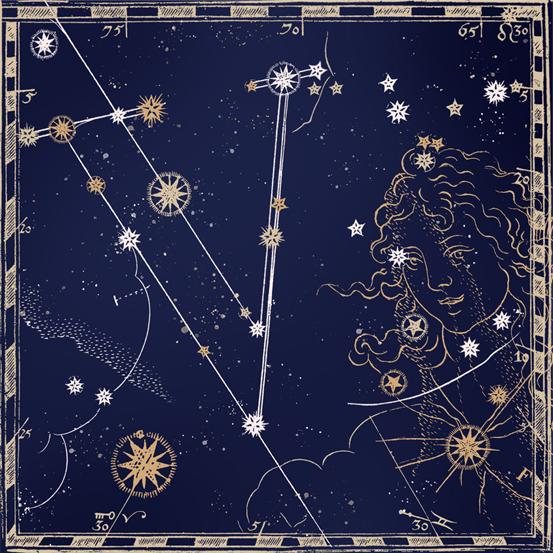
.jpg)
10 things I bark about you: será passear o nosso cão a nova dating app?
03 Nov 2025
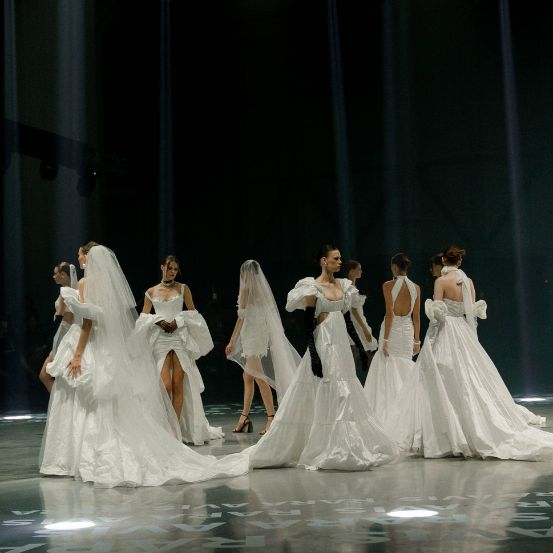
Relacionados
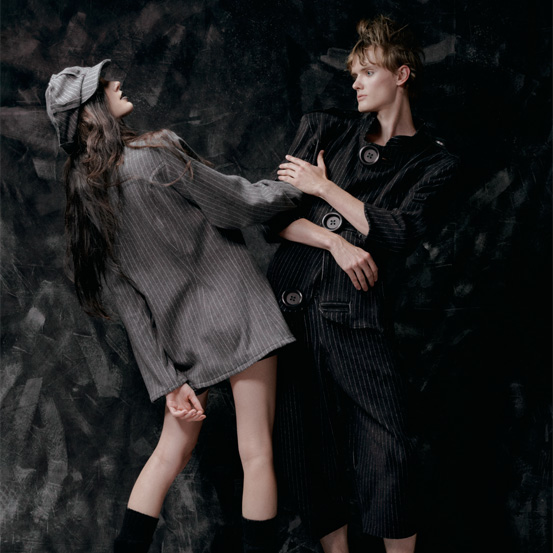
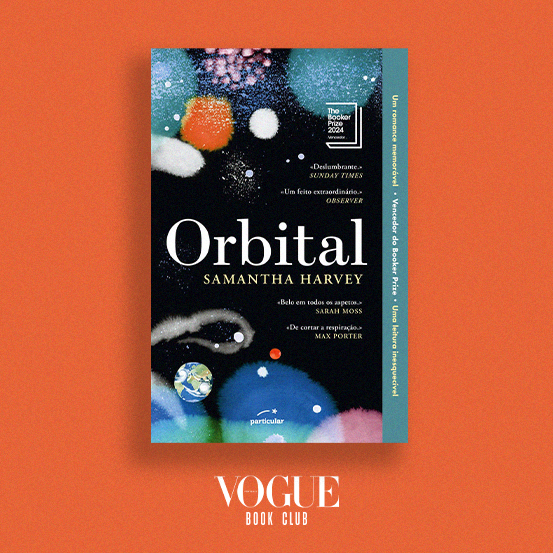
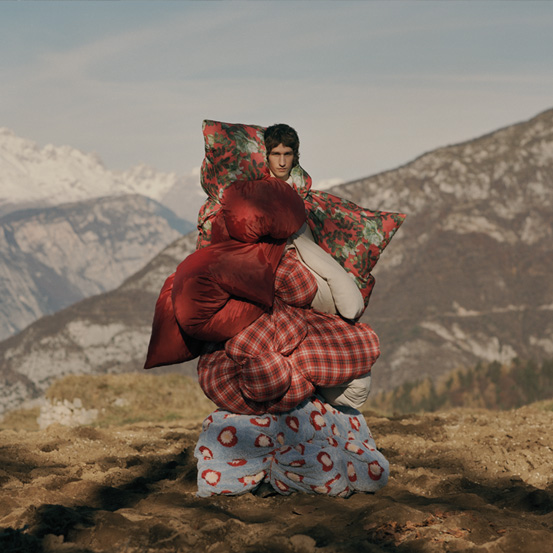
Editorial | The Art of Living, novembro 2025
06 Nov 2025


